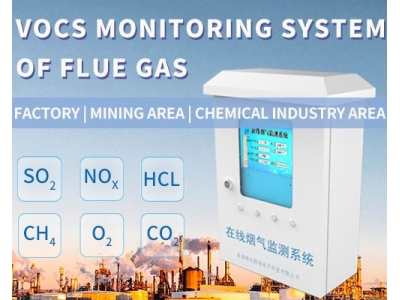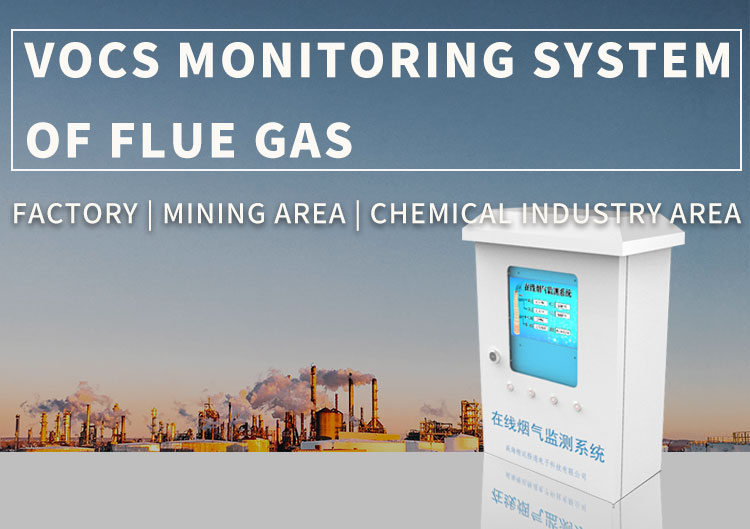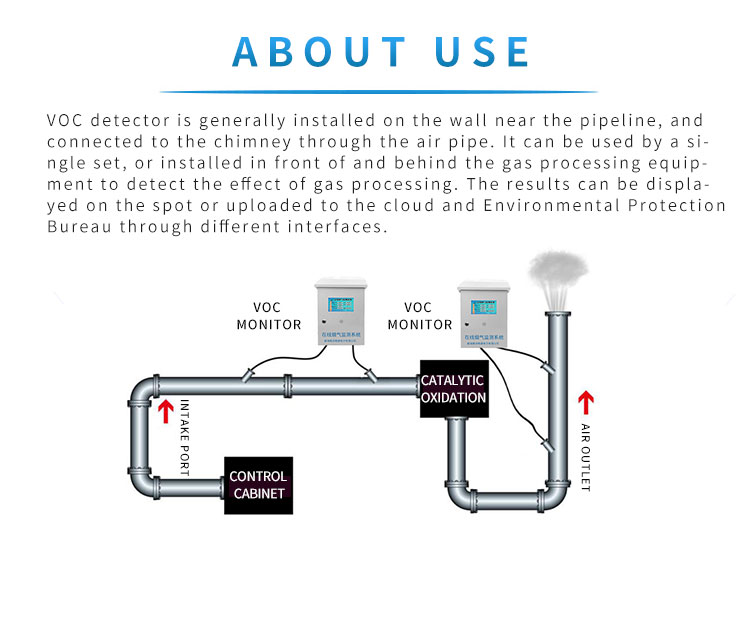
Best Continuous VOC Monitoring System
JXCT has introduced a VOC monitoring system that not only rapidly detects VOC, but also alerts people in hazardous areas.

JXCT has introduced a VOC monitoring system that not only rapidly detects VOC, but also alerts people in hazardous areas.
Whether it's an electronics manufacturing plant or an offshore drilling rig in the ocean, one of the biggest threats workers face is exposure to volatile organic compounds (VOCs). VOCs can be dangerous in many ways, not only causing serious health problems for workers exposed to VOCs, but also potentially leading to production shutdowns or expensive equipment repairs. To avoid these situations, JXCT has introduced a VOC monitoring system that not only rapidly detects VOC, but also alerts people in hazardous areas. If you want to know which system is best and why, here are some answers.
Reliable VOC Monitoring System alerts you immediately to high concentrations of dangerous organic contaminants in the air. How can you find the most reliable VOC detector? Find out here.

From an offshore drilling platform that deals with high humidity levels 24/7, manufacturing plants where equipment creates constant vibrations, or warehouses where temperature extremes are common, work environments play a significant role in how volatile organic compounds sensors perform on the job.
Since these systems are needed in a variety of work environments, they are designed with software and electronics made to withstand harsh conditions. An important part of any system is the ability to send information in real-time to engineers and other personnel in charge of monitoring and analyzing data.
When VOC Monitoring System is put in place to detect volatile organic compounds, It most likely use sensors called photoionization detectors, otherwise known as a “PID”. These sensors use high-intensity ultraviolet light to ionize complex molecules. Another way to describe the process is to say that the high energy photons emitted by the UV lamp hit electrons buried in the VOC molecules so hard that they are knocked free and then counted by the detector’s electronics. These sensors have a very wide dynamic range and can detect levels into the ‘parts per billion’ concentration level.
Pro Tip: PID sensors are complex devices that should be kept away from vibration and temperature extremes.

Since VOC leaks and buildups often happen near pipes, valves, and equipment that may be malfunctioning, most of these serious situations occur in confined spaces at industrial sites and labs. Because of this, more and more emphasis is now placed on properly monitoring confined spaces.
The best solution for a confined space is a sample draw monitor that integrates a sample pump, low-flow monitor switch, and high-performance gas detector. These units are often mounted outside the confined space, making maintenance and calibration work easy to perform. This results in greater uptime, more accurate calibrations, and a more visible warning of problems that are easy to recognize before the employee enters the potentially hazardous confined space.
Since there are many complexities involved when selecting a VOC detector, do not try to make the decision on your own. Instead, speak to an experienced and knowledgeable Applications Engineer at JXCT. We look forward to helping you keep your workplace safe and healthy.
Connect with us to follow our industry updates on social media.